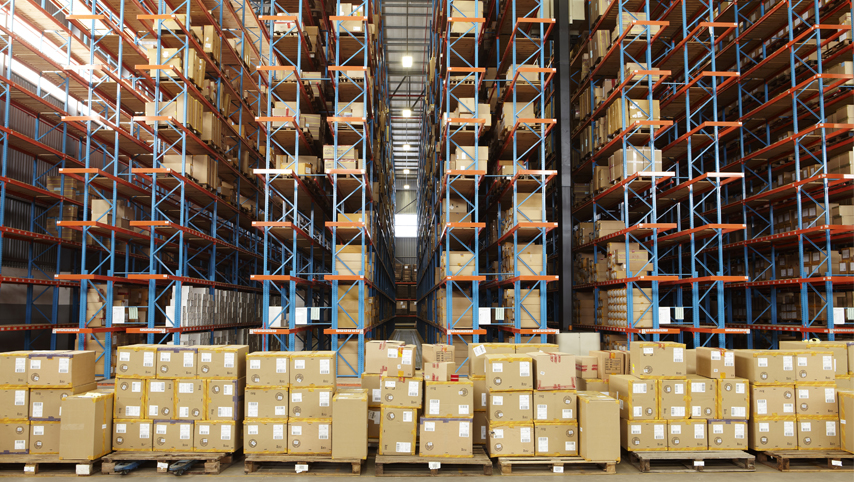Exactly one month ago, I posted a blog on this site regarding the disruptive potential of the coronavirus. I had no idea how quickly those concerns would come to pass.
When I first posted the blog, “The Bug that Is Impacting Trucking” one month ago, the number of those infected was estimated to be 17,000, almost exclusively in China. Now the toll is more than 84,000 cases worldwide (a fivefold increase) and 2,876 deaths. Since that time, here are the estimated numbers for the countries most affected as of February 28:
China – Nearly 79,000 cases and 2,788 deaths
South Korea – More than 2,300 cases and 16 deaths
Italy – 888 cases and 21 deaths
Iran – 388 cases and 34 deaths
Japan – 226 cases and 5 deaths
A truly troubling number is that of the passengers and crew on the Diamond Princess Cruise ship (2,670 passengers; 1,100 crew), 705 are or were infected and six have died. In the U.S. the numbers, thankfully, are smaller.
It’s not just those infected that will be impacted by the virus
If you have a 401K or are invested in the stock market, you know what a wild and unwelcome ride this has been over the past week. We all are impacted by the virus, even if we don’t actually have the disease. If you have been watching the news lately, you see images of empty malls and fast food restaurants in Japan, China and South Korea. Tokyo Disneyland to close until March 15 and Shanghai Disney will be closed until further notice. The travel industry is heavily affected with some experts speculating that it may take years to fully recover.
The impact on the global supply chain, the U.S. and the trucking industry
When you consider that China’s share of global trade is more than 12.8 percent and that, in January, 40 percent of shipments entering the U.S. were imported from China, you can see that a huge portion of products will be affected and in fact may not be available. According to an article in Fortune magazine, “94% of the Fortune 1000 are seeing coronavirus supply chain disruptions.”
Some examples: Coca-Cola noted that if the problems persist or get worse, they might not have the ingredients to make Diet Coke…P&G estimates that 17,600 products could be affected…Apple is predicting a potential shortage of iPhones…even more concerning, many of the ingredients in needed medicines also come from China and that could lead to harsh challenges for people suffering from a variety of illnesses.
When I first wrote about this topic a month ago, it was the air and ship cargo industries that were the most affected. Now, according to the JOC Group, which is the authoritative provider of business intelligence, data and events covering the global container shipping and logistics market, “The reduction in containerized freight shipped from China caused by the coronavirus disease 2019 (VOVID-19) outbreak appears to be affecting spot rates in certain truck lanes in the United States. Spot truckload rates in lanes to and from Los Angeles are down from recent highs in December and January.”
On the East Coast, the Port of Baltimore is reducing its hours due to what it calls “significant and unprecedented shipping disruptions from coronavirus. According to the American Association of Port Authorities, cargo volumes at many U.S. ports could drop 20% or more in the first three months of 2020. And since this feels as though the beginning of the problem rather than its end, no one is sure what will happen.
Are we overreacting?
Over the past year, there have been estimates as to whether the economy would have a significant correction, even a recession. For many economists, the concern about a recession has declined; others still expect truck orders and GDP to drop and diesel prices to rise. Whatever happens, a development like the coronavirus can throw a monkey wrench into a company’s plans.
So, are we overreacting? We won’t really know the answer to that until this situation is over. It is the unknowable aspects that tend to drive the stock market lower and people’s fears higher. Now is the perfect time for businesses to assess how they handle crises and make adjustments where possible. For the rest of us, we just have to do the best we can, listen to the experts and follow their advice.
Read my earlier blog and see how much has changed in a single month.





